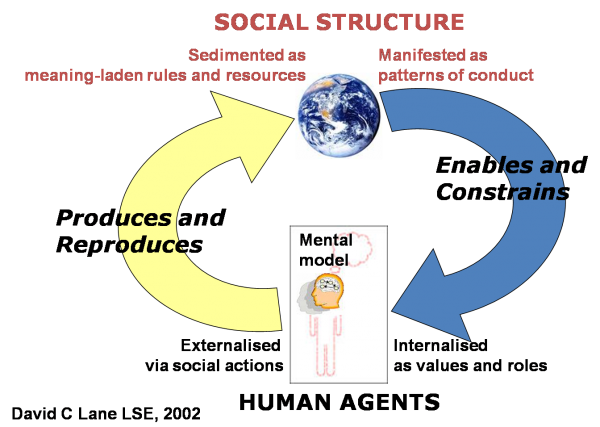Structure and agency, that famous double play combination for Team Social Science, came to mind reading about that extraordinary individual, Gustav Mannerheim.

The social sciences as a whole and each separate social science, like my very own political science, rests on the verity of structure über alles. Structure is both all around us and sometimes difficult to detect at the same time.
The challenge is to reveal structure hidden by the drifting sands of time and circumstance. To see structure in the myriad of details of social life requires detail and imagination, like seeing a constellation in a sea of stars, but it can be, it is, done. Every social scientist has sworn that faith at least since Emile Durkheim’s monumental book ‘Suicide’ (1897). For those who skipped Sociological Theory, in that study Durkheim demonstrated beyond doubt that most private and final act of suicide traces back to social structure. The argument and evidence still dazzle a reader.

Yet it is also surely the case that most social scientists think of themselves as agents. The preacher is always beyond the testament. That is the chink in the intellectual armour. Karl Mannheim made that auto-exceptionalism explicit when he spoke of free-floating intellectuals clustered in cities who are in but not of the milieu around them. Vanity thy name is called once again. Many convoluted books have appeared trying to unite the two from Jurgen Habermas’s impenetrable tomes to Anthony Giddens unreadable tracts. Each sets out to make the obvious simple and instead makes it unintelligible. Biography is cold, crisp air by contrast to the stale, hot air found in those pages.
Per structure, if the individuals who made the first steps in developing photography had not done so, others would have made those or other developments that would lead approximately to the same technical advances. That is easy to believe in the middle of technological developments where many hands are at work trying many things as was the case with photography. Or, say, the discovery of DNA when many scientists around the world were closing in on it in a race of sorts. It is less easy to believe in the history nations.
Yet according to structure had Gustav Mannerheim been killed in 1916 on the Polish front while fighting the Germans in World War I where he was a general in the Tsar’s Russian army, some how another(s) would have filled his shoes, or some very like them, and the story of Finland would have played out pretty much the same. If Winston Churchill had been killed crossing the street in New York City in 1929…. If Adolf Hitler had died of typhus as an infant….
Ergo, no single individual, no agent, is decisive. Structure makes us but we do not — individually — make structure. Collectively, yes we do make structure as much as it makes us but not individually.
Structure is not quite determinism but the transposition offers the easiest exposition.

Even allowing for the biographer’s preoccupation with the subject, it is hard to believe that there was anyone else could have done what Mannerheim did in 1918-1919 and again in 1940-1944. Certainly that is what both his allies, friends, associates, onlookers, and enemies thought. He was as singular in the history of his country as Napoleon in France, Stalin in Russia, Churchill in England, or Hitler in Germany.
Without Mannerheim the history of Finland would surely have been different. Though I am sure revision pygmies have made careers out of cutting him down to their size, in fact, he will endure and they will not.
Skip to content
